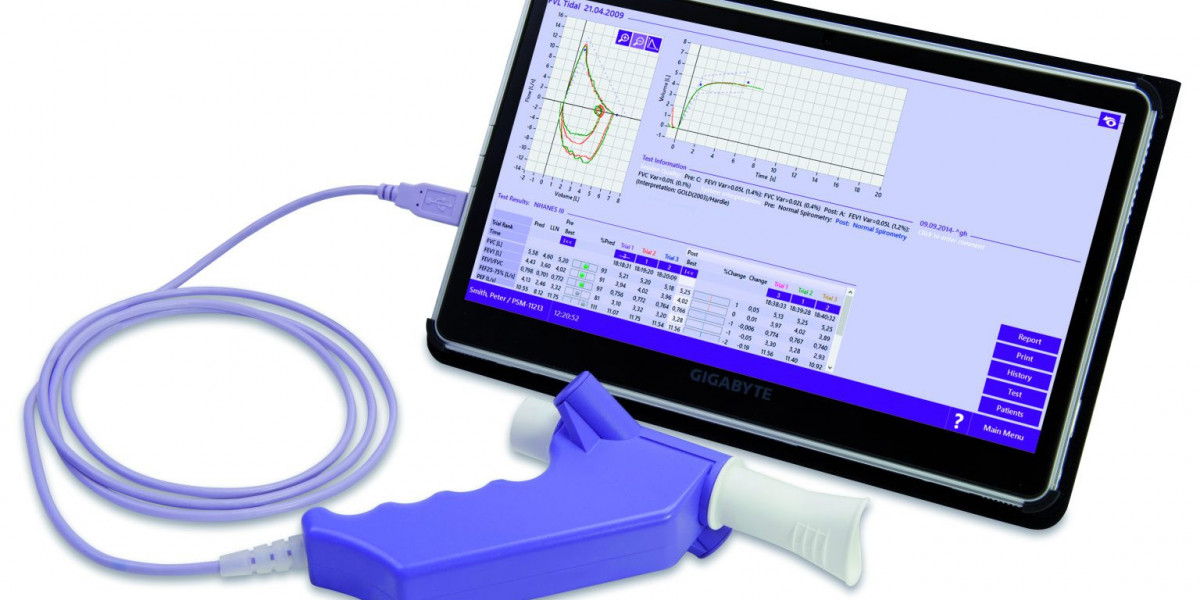E-Commerce is undeniably one of the biggest sectors in online business. As a sector that continues to blow up in size, volume and influence, it is no surprise that fraud still exists through the loopholes in the system. Fraud in e-commerce has substantially increased globally over the last few years with the immense rise in online marketplaces. With more sophisticated technology available to fraudsters, it’s only become more difficult for e-commerce businesses to keep a track of the tactics used to defraud online businesses.Payment fraud has existed for a long time now, but what makes E-commerce fraud a cause for concern? What is the difference?Well, the difference is simple. The latter mostly occurs remotely and the fraudster requires only the card information of the user to execute the ploy. Generally, fraudsters perform this to obtain a profit– to extract money, goods or sensitive information from the victim.
Hackers usually do one of the following things during/after the fraud:
- Try to scam goods from the deal
- Misuse the data themselves
- Sell it to cyber thef, to make fraudulent transactions
The massive growth of the E-commerce industry, along with the increase in the use of cards for purchases since 2010 is directly linked to the increase in frauds in the same period. It is fairly easy for hackers to steal the necessary data. For fraudsters, it is easy to buy this information on the black market lack of clear set rules or prosecution for this type of crime.
Types of E- commerce fraud
- Chargeback fraud– In the case of chargeback fraud, a customer keeps the product purchased from the online store via credit card and claims a refund falsely on the grounds of payment being made twice or purchase never made in the first place.
- Identity theft– As the name suggests, this kind of fraud involves impersonation. The fraudster obtains the identification information of the actual user and makes the online purchase on the e-commerce platform. Identity theft affects both the customer as well as the seller as the customer can place a refund request as soon as he detects the fraud.
- Return fraud– In return fraud, the fraudster asks for a refund claiming that the product was never received, or requests a refund for a fake product already purchased and swapped with the actual product received. In refund fraud, the merchant suffers a loss of revenue due to the refund of the payment made as well as a loss of inventory when the fraudster returns a fake or faulty item.
- Credit card fraud– Credit card fraud may be committed when a person makes online purchases from either a stolen card or when the person has taken over the account of a genuine user.
- Merchant fraud– In merchant fraud, the fraudster creates a fake merchant account under the pretence of running a legitimate business. The fraudster uses multiple stolen credit/debit cards and withdraws the amount received before being detected or reported, and/or the transaction moving to the point of being reversed.
- Phishing–Phishing is a method to collect the personal information of a person like their user ID, password, and credit card information via an email or SMS. In phishing, the fraudsters send emails or SMS to the user by pretending as the actual online marketplace.
- Clean Fraud– In clean fraud, fraudsters use stolen payment card information to make an online purchase and uses technology to manipulate the transaction to prevent any chances of fraud detection. The fraudsters enter valid card information and escape easily without triggering any manual traps set for fraud prevention.
How to spot a fraud ?
- First-time customers: The easiest way to perform fraud is under the pretence of being new to the platform. With the increasing volume of fake aliases, fraudsters pretend to be new users to stay in the clear.
- Larger-than-average orders: Once you take a good look at the order history of the user, it can be easy to spot unusual activity like a sudden spike in the purchase value, strangely large quantities, etc.
- Cash-on-delivery orders: Cash-on-delivery orders are indisputably on top of the suspicious activity list when it comes to eCommerce. Most failed orders, refund requests, last-minute-cancellations, etc. arise from COD orders. It’s always recommended to monitor activity and check for patterns in these cases.
- Fast shipping: This applies to imposters who pose as fake merchants online. One of the common traits that they possess is the promise of unusually fast shipping. When you see unrealistic promises like that, take the time out to evaluate if it’s authentic.
- Incomplete address: This is one of the easiest ways to detect fraud where a ‘customer’ fills in an incomplete/suspicious address that can’t be fulfilled and proceeds to cancel it/request a refund for the same.
- Large quantities of the same product: Though this isn’t a definitive dealbreaker, this is definitely one of the red flags to consider while looking for fraudsters. A common pattern observed is an unusually large order for the same product.
- Shipping and billing address is not the same: Like an incomplete address, fraudsters generally employ different addresses for billing and shipping. Unless it’s an organization or institution, it’s generally fishy when individuals repeatedly provide different addresses for billing and shipping.
- Several cards used from the same IP address: Based on shopping trends, a regular shopper generally employs not more than 3-4 cards for purchase. When an unusually high amount of cards are registered from the same name or customer ID, it may signal a risky user.
- Many transactions in a short amount of time: In the finance world, one too many transactions squeezed into an abnormally short period of time is a cause for worry. If you see that happening, make sure to opmanually check for suspicious activity.







